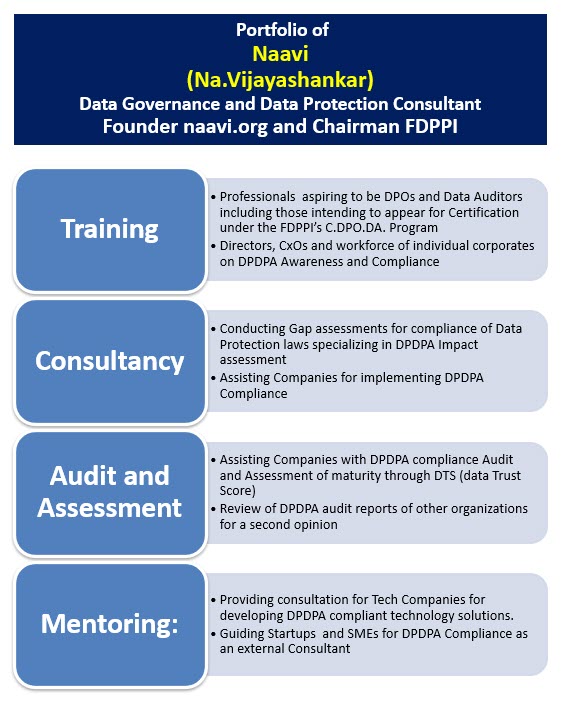Here is a simple survey I am conducting on a question of law. I request all legal professionals to send me your personal view on this matter through e-mail or otherwise.
This looks simple and a waste of time for most of the legal professionals. But believe me, your view may be important in defining the law of Cyber Crimes in India. Hence I request you to take a few minutes to send me your views.
Naavi
Section 43 of ITA 2000 states as follows:
Penalty and Compensation for damage to computer, computer system, etc
If any person without permission of the owner or any other person who is in charge of a computer, computer system or computer network –
(a) accesses or secures access to such computer, computer system or computer network or computer resource
(b) downloads, copies or extracts any data, computer data base or information from such computer, computer system or computer network including information or data held or stored in any removable storage medium;
(c) introduces or causes to be introduced any computer contaminant or computer virus into any computer, computer system or computer network;
(d) damages or causes to be damaged any computer, computer system or computer network, data, computer data base or any other programmes residing in such computer, computer system or computer network;
(e) disrupts or causes disruption of any computer, computer system or computer network;
(f) denies or causes the denial of access to any person authorised to access any computer, computer system or computer network by any means;
(g) provides any assistance to any person to facilitate access to a computer, computer system or computer network in contravention of the provisions of this Act, rules or regulations made thereunder,
(h) charges the services availed of by a person to the account of another person by tampering with or manipulating any computer, computer system, or computer network,
(i) destroys, deletes or alters any information residing in a computer resource or diminishes its value or utility or affects it injuriously by any means
(j) Steals, conceals, destroys or alters or causes any person to steal, conceal, destroy or alter any computer source code used for a computer resource with an intention to cause damage,
he shall be liable to pay damages by way of compensation to the person so affected.
This section uses the term “Person” many times and most importantly for the entity that has suffered a damage and the entity that has caused the damage.
This section is linked to Section 66 and any of these acts committed dishonestly or fraudulently constitutes an offence under Section 66. The two sections cover most of the so called Cyber Crimes against which all of us are fighting against.
In law the word “Person” is applicable both to an individual living person as well as a company. The General Clauses Act also specifies the same.
In this context please let me know your view as to whether the word “Person” used in Section 43 of ITA 2000 is restricted to only an “Individual”.
Thanking you in advance.
Naavi







